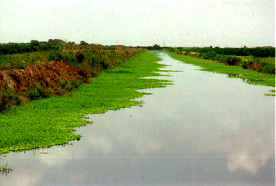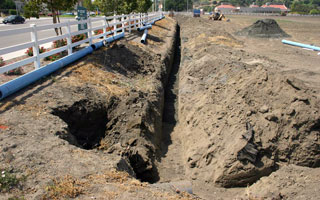The humid tropics encircle the Earth’s equator and extend over 2,000 Km to the north and to the south, roughly paralleling the Tropics of Capricorn and Cancer.
This region contains approximately 20% of the world’s land area, contains parts of as many as 60 countries and is characterized by warm temperatures, abundant rainfall and extreme weather conditions, including cyclones and monsoons.

Although the average annual rainfall is high in most tropical regions, often exceeding several metres per year, its distribution in time and space can be highly variable. Madagascar, for example, has an annual average rainfall of 2-4 metres along the east coast, whereas the west coast frequently receives less than one metre.
Read more




